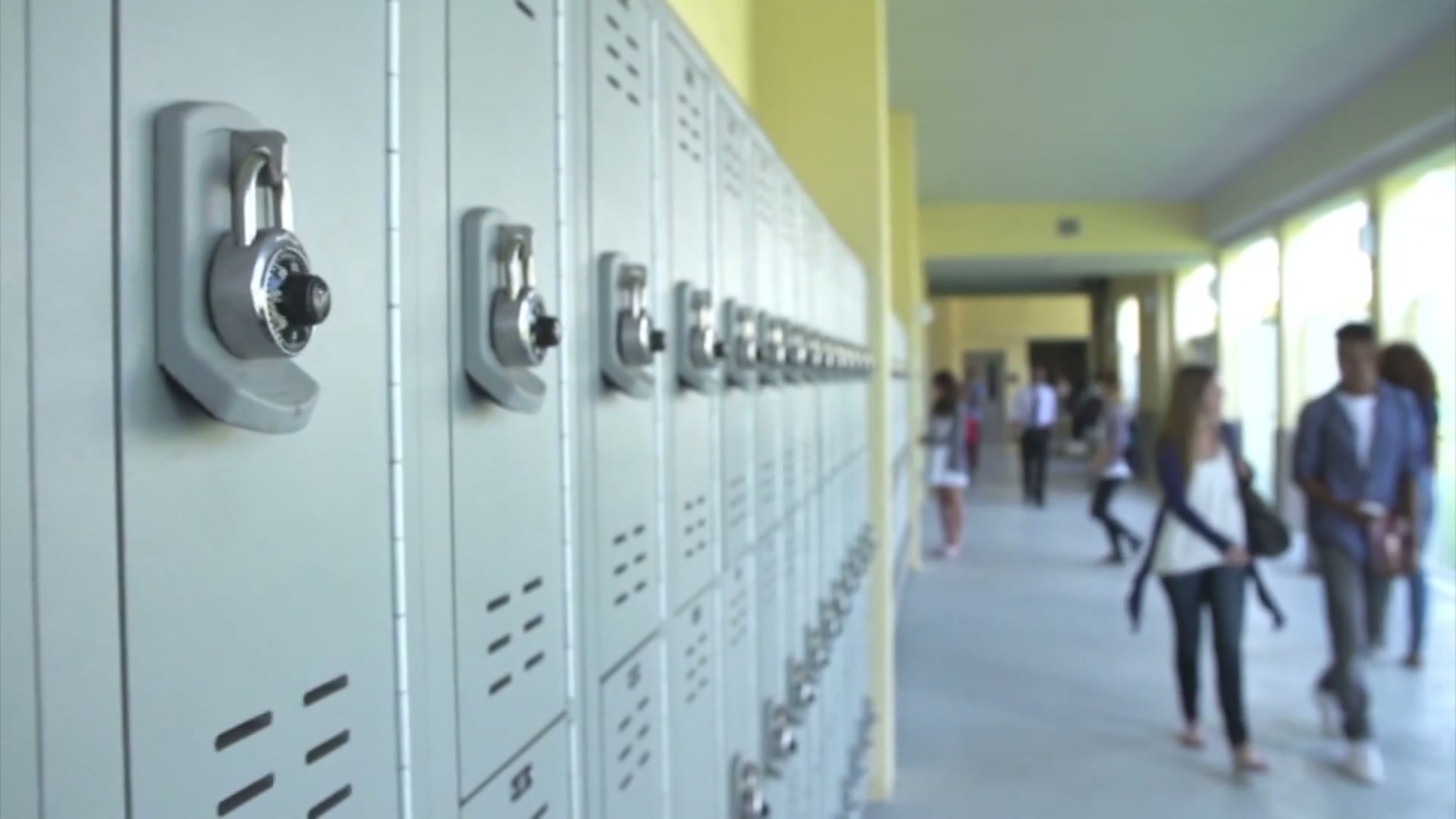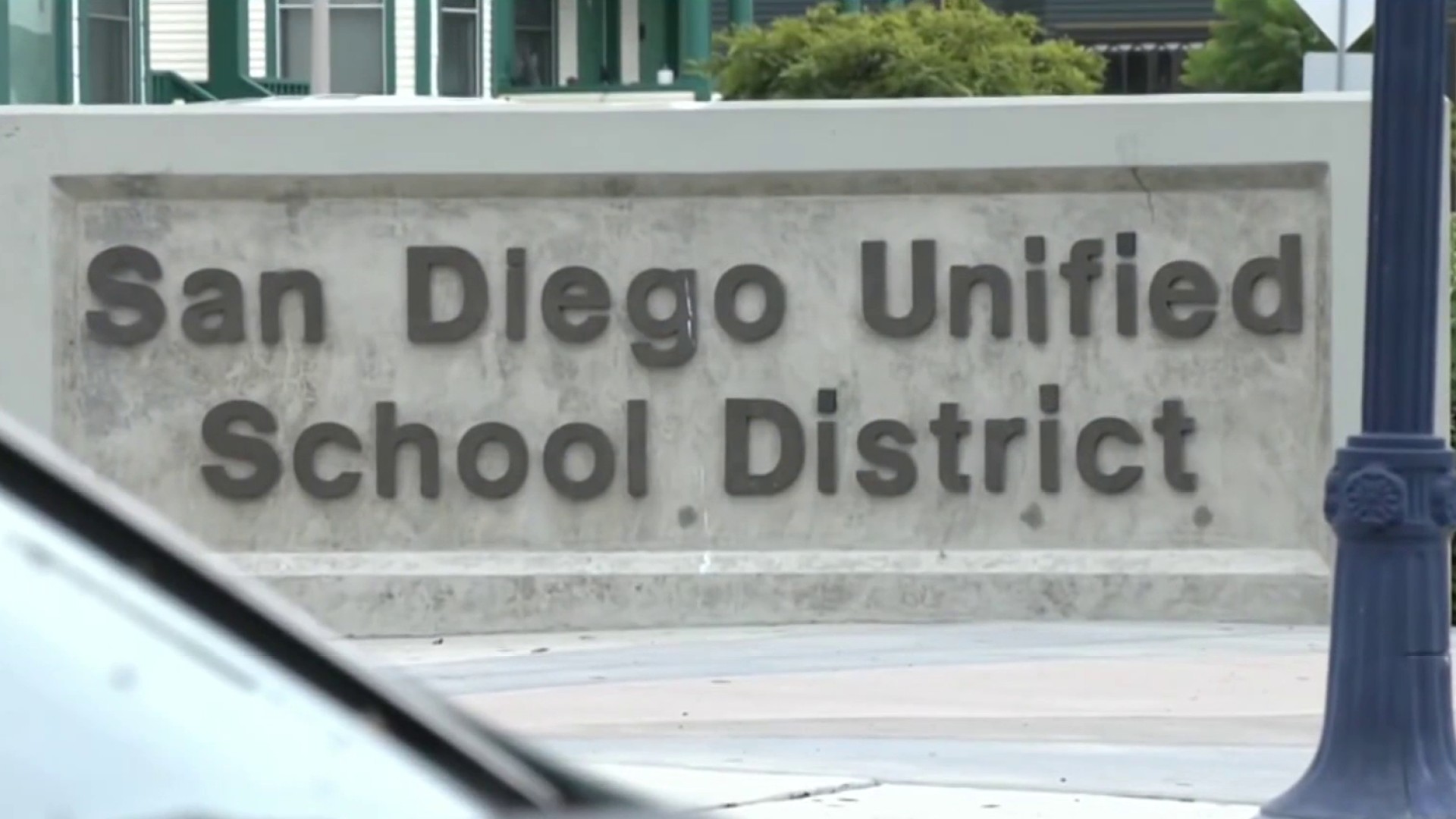A fire spark can quickly turn into a massive wildfire if the conditions are just right, often leaving residents little time to gather their belongings and their loved ones to escape the path of the blaze.
In some cases, residents will have 15 minutes or less to evacuate their homes. But your chances to escape a wildfire are better if you have a plan, Cal Fire says.
Don't wait until a fire is near your home to come up with a Wildfire Action Plan, plan ahead. Here are the steps you should take to prepare for a wildfire:
Get top local stories in San Diego delivered to you every morning. >Sign up for NBC San Diego's News Headlines newsletter.
Create a Plan for A Wildfire
The best way to prepare for a wildfire is to plan ahead. Tailor this plan to your household's needs and make sure all family members are familiar with its details.
Here's what your plan should include:
- Designate an emergency meeting location outside of your area.
- Find several different escape routes from your route and your community. Ready California suggests having three
- Have an evacuation plan for pets
- Designate an out-of-area contact, a friend or relative, in case local phone lines are clogged
- Create and post an emergency contact list near your phone and in each emergency supply kit
- Have a fire extinguisher on hand, check expiration dates and train your family on how to use them
- Show your family how to safely shut off gas, electricity and water in an emergency
- Download the AlertSanDiego emergency app and sign up for the reverse notifications.
Local
Prepare Your Home For a Wildfire
There are certain steps you can take ahead of time that will help your family if an emergency arises. From putting together an emergency supply kit to creating defensible space around your home, here's what you should do to prepare for a wildfire:
STEP 1: Create an Emergency Supply Kit
According to the American Red Cross, you should have an emergency supply kit for each member of your family. You may even want an additional kit for your car. And, each kit should include:
- A gallon of water per person/per day for at least three days
- Non-perishable foods (Don't forget food for your pet!)
- A first-aid kit
- Chargers for electronics
- flashlight and a battery-powered radio
- An extra set of car keys, credit cards or cash
- Sanitation supplies
- Extra contact lenses or glasses
- Important family documents and contact numbers
- A map marked with evacuation routes
- Prescriptions or special medication
- If time allows, grab family photos, irreplaceable items and valuables
- If time allows, grab personal computers
The Red Cross suggests keeping each kit in a backpack and to store food and water separately in a cooler with wheels.
Sign up for San Diego County emergency alerts here
STEP 2: Create a Defensible Space
Cal Fire says you can dramatically increase the chances your home will survive a wildfire by creating a "defensible space," a buffer created by removing weeds, brush and dry vegetation around your home. This is not something to do when a wildfire is at your door, but rather something that can be done with a little forethought to have a big impact for your home.
You can also "harden" your home by using fire-protective materials.
Cal Fire breaks down everything you need to know, and even gives you a tour of a home with good defensible space, in this brochure. And, you can take this quick survey to determine if your home is wildfire ready.
Creating a defensible space is required for homes in high-fire hazard severity zones in the state of California, and highly suggested for others. Once your home is prepared, you can schedule an inspection here.
What to Do When You Need to Evacuate From a Wildfire
If you've been told you need to evacuate, don't wait. You've hopefully planned and prepared to allow you to leave quickly. Even if you haven't been told to evacuate, if you're ready, it may be safer to do so. You don't want to be caught in fire, smoke or road congestion, Cal Fire says. "By leaving early, you give your family the best chance of surviving a wildfire."
Here's what to do when the fire is near:
- Evacuate as soon as you're ready. Don't delay, especially if you have children, older adults, people with access and functional needs or pets and livestock
- Alert family and neighbors
- Dress in cotton and work boots, have googles, a bandana or a mask handy
- Grab your emergency supply hit
- Inside your home:
- Shut your windows and doors but keep them unlocked
- Remove lightweight curtains
- Move furniture away from the windows and doors
- Shut off the gas meter and turn off pilot lights
- Shut off the air conditioning
- Leave your lights on
- Outside your home:
- Gather flammable items and bring them inside: toys, door mats, patio furniture
- Turn off propane tanks
- Don't leave any water running -- this can affect firefighters water supply
- leave outdoor lights on
- Have a ladder available
- Extinguish any small fires on your property until it's time to leave
- If time allows, seal the attic and ground vents
Once you've evacuated, mark yourself and your family on SafeAndWell.org, a Red Cross website and free tool that helps reunite loved ones during disasters, so your loved ones know you are safe.
What if you're trapped?
Fires move quickly and it's possible you don't make it out in time. If that's the case, Cal Fire provides these survival tips:
- Call 911
- Shelter away from outside walls
- Bring garden hoses inside so embers don't destroy them
- Patrol inside your home for spot fires and extinguish them
- Wear long sleeves and long pants from natural fibers
- Stay hydrated
- Ensure you can exit your home, but remember if it's hot inside, it's four to five times hotter outside)
- Fill sinks and tubs for an emergency water supply.
- place wet towels under doors
If the fire has passed, you should:
- Check your roof and extinguish any fires, sparks or embers
- Check your attic for hidden embers
- Patrol your property and put out any small fires
- If there are larger fires you can't extinguish, call 911
All of this information is available in Cal Fire's Ready, Set, Go! evacuation plan. Get the brochure here and find more valuable resources on Cal Fire's website, ReadyForWildfire.org.
If you were injured in a wildfire or your home has been damaged:
- Start the recovery process at listoscalifornia.org/recovery
- Check local, state and federal programs for available aid
- If you start to clean up yourself, take photos and document everything. Wear property safety equipment and avoid activities that can blow harmful particles back into the air
- If you have to hire someone to help repair your home, ensure they have a license from the Contractors State License Board. Look it up at cslb.ca.gov.



